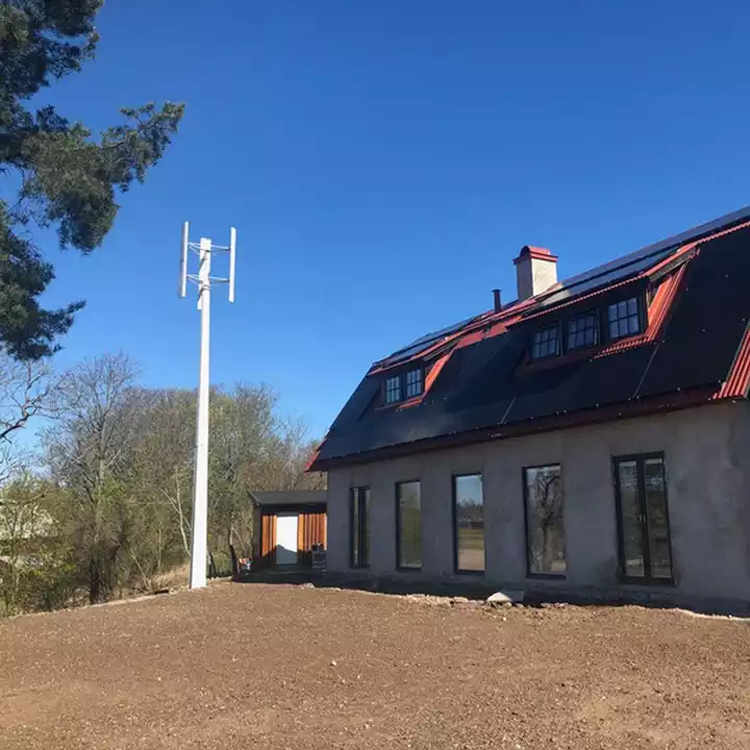Email format error
Email cannot be empty
Email already exists
6-20 characters(letters plus numbers only)
The password is inconsistent
Email format error
Email cannot be empty
Email does not exist
6-20 characters(letters plus numbers only)
The password is inconsistent


How much electricity can a home wind turbine generate in a day?
It depends on the capacity of the single machine (850KW, 1MW, 1.5MW, 2MW, 3MW, etc.), and it also depends on the wind operation. 1 degree of electricity = 1KW-h, according to this calculation 850KW wind turbine can generate 850 * 24 = 20400KW-h per day, this is the theoretical value. But also depends on the wind, transmission losses and so on.
Wind power principle
1. The principle of wind power generation is to use the wind to drive the windmill blade rotation, and then through the speed booster will rotate the speed to promote generator power.
Wind power is forming a boom in the world, wind power in Finland, Denmark and other countries. The principle of wind power is very popular, and our country is also vigorously advocated in the western region. Because wind power does not have fuel problems, and does not produce radiation or air pollution, is a particularly good way to generate electricity.
2. Working principle
The principle of wind power generation is to use the wind to drive the windmill blades to rotate, and then through the speed booster to increase the speed of rotation, to prompt the generator to generate electricity. According to the current windmill technology, the wind speed is about three meters per second (the degree of breeze), it can start generating electricity.
Wind power is creating a boom in the world because it has no fuel problems and produces no radiation or air pollution.
Wind power is very popular in Finland, Denmark and other countries; China's wind power industry has made rapid progress in recent years. Small wind power generation system is very efficient, but it is not only composed of a generator head, but a small system with certain technological content: wind turbine + charger + digital inverter. A wind turbine consists of a head, a rotor, a tail, and blades. Each part is important, and the function of each part is as follows: the blades are used to receive the wind and convert it into electricity through the head; the tail keeps the blades pointed in the direction of the incoming wind to maximize wind energy; the rotor enables the head to rotate flexibly to allow the tail to reorient itself; the rotor in the head is a permanent magnet, and the stator winding cuts through the magnetic lines of force to produce electrical energy.

